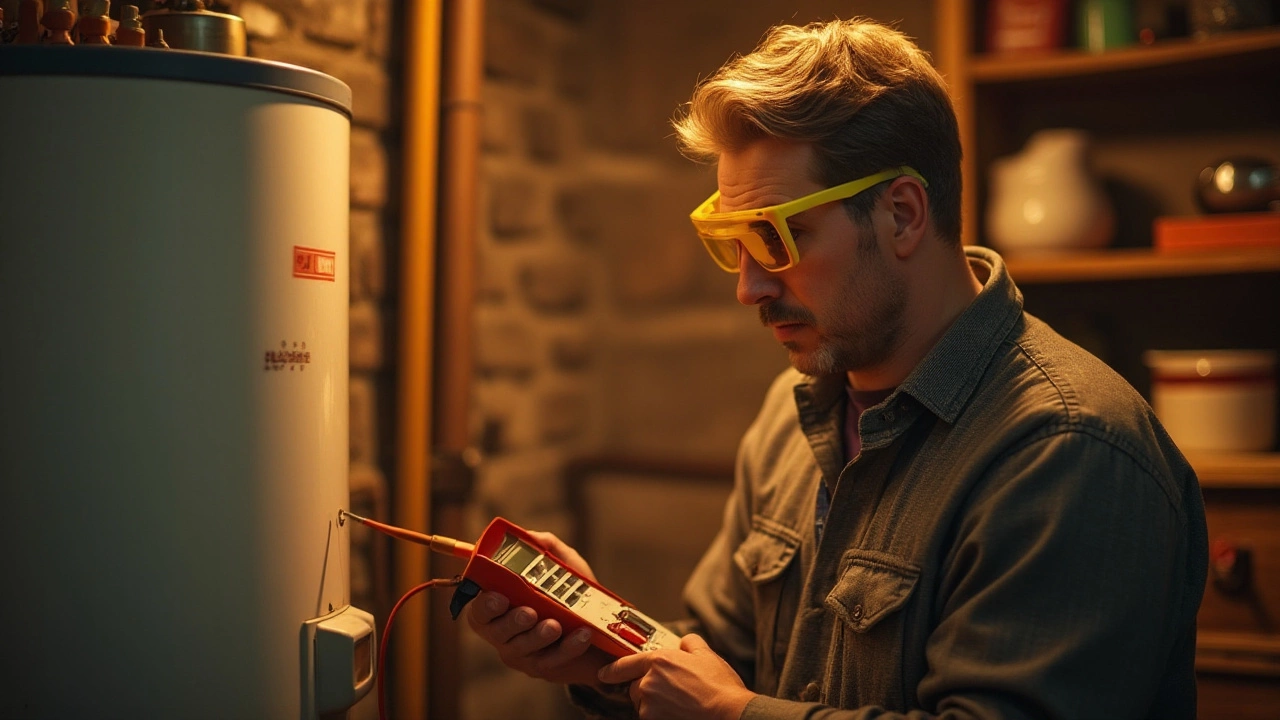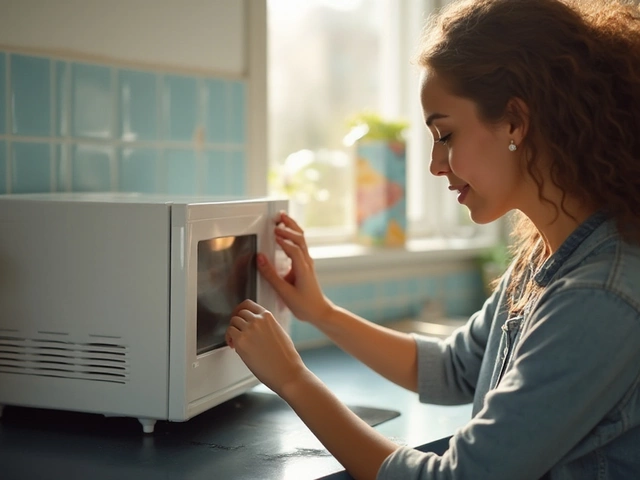When your oven stays cold or your water heater sputters, the culprit is often a bad heater element. It’s one of those parts that works silently until it quits, leaving you with lukewarm meals or cold showers. The good news? You can usually tell what’s wrong before you rip the appliance apart, and many fixes are simple enough for a weekend DIYer. Below are the most common clues and step‑by‑step tips to get you back on track.
First, listen for the usual suspects. A heating element that’s broken will either not glow at all, or it will flicker on and off. You might notice uneven cooking spots in the oven, a sudden drop in water temperature, or a humming noise with no heat. Another tell‑tale sign is a burnt smell – a scorched element can release a faint, acrid odor when you turn the appliance on.
Visually checking the element is quick. Turn off power at the breaker, remove the element (usually held by two screws), and look for breaks, black spots, or obvious corrosion. If you have a multimeter, set it to continuity; a working element will show a low resistance reading, typically between 10‑30 ohms. No continuity means the element is dead and needs replacement.
Got a faulty element? Here’s a straightforward plan. 1️⃣ Shut off electricity at the main fuse box – safety first! 2️⃣ Remove the element according to the manufacturer’s guide; most ovens and water heaters have a simple screw‑off design. 3️⃣ Test the element with a multimeter to confirm it’s the problem. 4️⃣ Purchase the exact replacement part – match the model number and voltage rating. 5️⃣ Install the new element, tighten the screws, and reconnect the power.
After reassembly, run the appliance on a short cycle to make sure heat returns. If the element still won’t heat, double‑check your wiring connections. Loose wires or a blown fuse can mimic a bad element, and fixing those is often easier than swapping out a part.
When to call a pro? If you’re uncomfortable working with electricity, notice damaged wiring, or the appliance still won’t heat after a new element, it’s time to get a qualified technician. A professional can spot hidden issues like thermostat failures or control board problems that a DIY repair won’t cover.
In short, a bad heater element is a common, fixable problem. By watching for the right symptoms, testing with a multimeter, and following safety steps, most homeowners can replace the part in under an hour. Keep a spare element for the most used appliances – it saves time and money when the next breakdown hits.
Remember, regular maintenance helps prevent element failures. Clean away food residue, avoid using harsh chemicals, and periodically check connections for corrosion. A little upkeep now can keep your ovens, stoves, and water heaters heating efficiently for years to come.

Diagnosing a faulty hot water heater element can seem daunting, but it's an essential skill for any homeowner. Key indicators like water temperature issues, noises, and prolonged heating cycles are telltale signs of a bad element. This article provides practical advice on how to inspect and test your heater element using accessible tools. Also included are safety tips and maintenance recommendations to extend the lifespan of your water heater.

Most extractor fans can be repaired with simple fixes like cleaning, capacitor replacement, or tightening parts. Learn when DIY works and when to call a pro to avoid costly damage from damp and mold.

Why would a freezer suddenly stop working? This article uncovers the most common reasons, from electrical hiccups to sneaky broken parts. Get clear tips to troubleshoot on your own before calling in the pros. You'll also find surprising facts—like a forgotten coin trick to check freezing power. Whether it's food loss or a mystery beep, you'll get straight answers and a path to a cold fix.

Microwave ovens, essential kitchen appliances for many households, can sometimes fail to operate smoothly. This article dives into the intricacies of microwave repair, exploring common issues, troubleshooting methods, and practical repair tips. Designed for both amateur DIY enthusiasts and curious individuals, the guide offers insights into understanding microwave components and determining when professional help is necessary. Learn the skills needed to fix minor problems and tips to maintain the efficiency of your microwave.

Cracked or damaged glass hobs make you panic, but not every problem spells doom for your stove. This article breaks down what issues can actually be fixed and when it's smarter to replace the glass. You’ll get real-life tips, possible repair options, and clear warnings for common mistakes. Safety comes first, but you’ll also find out when you can handle things yourself—or absolutely need a pro. Practical info, simple steps—you’ll get the full story on glass hob repair.

Extractor fans are crucial for maintaining fresh air and reducing humidity in various parts of a home. When these fans malfunction, it's important to know who to call for repairs. This article guides homeowners on how to find reliable extractor fan repair services. We'll look at why professional help is essential and what to consider when selecting a repair technician.